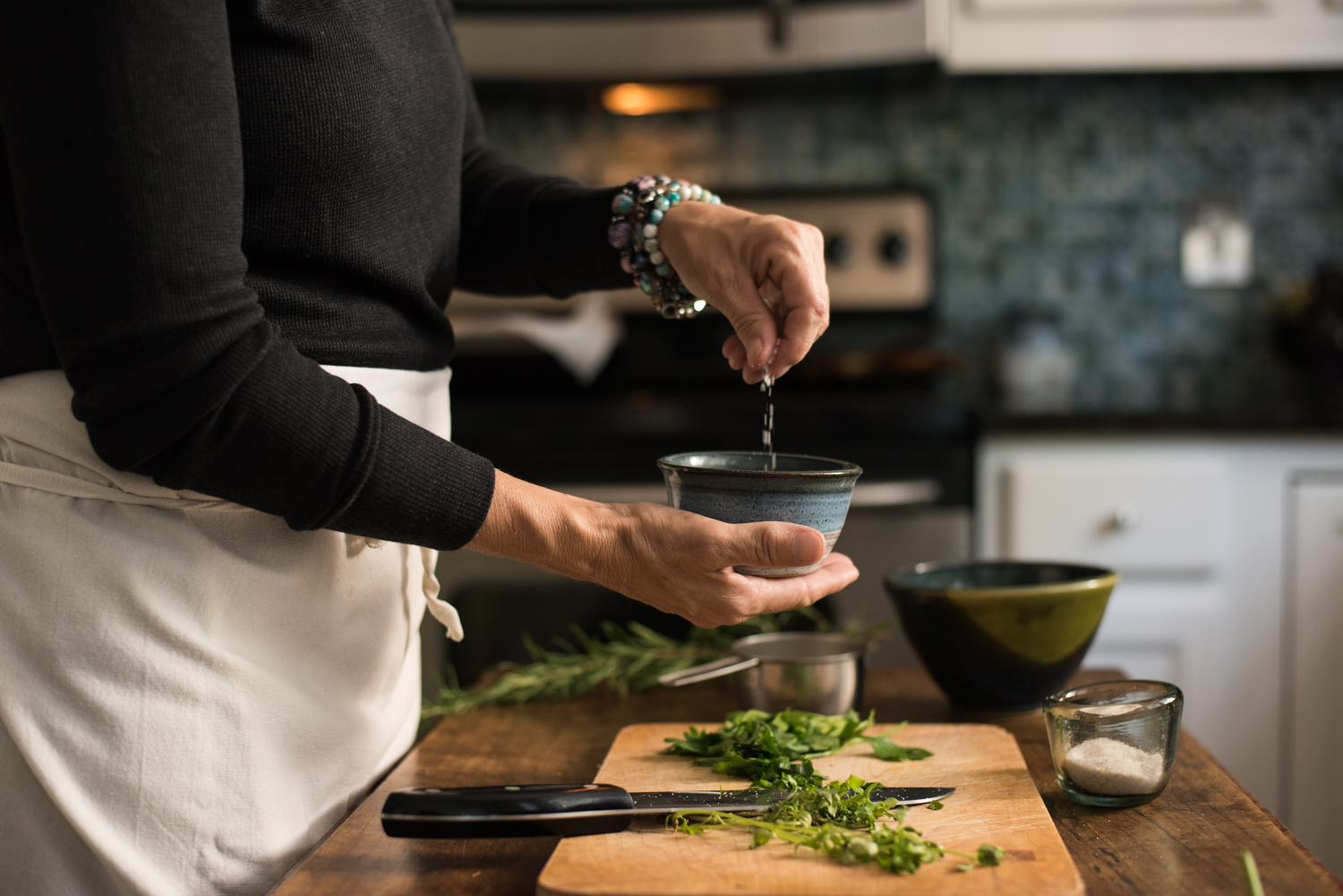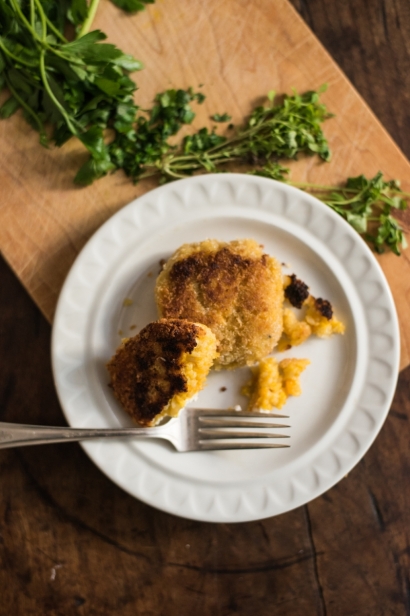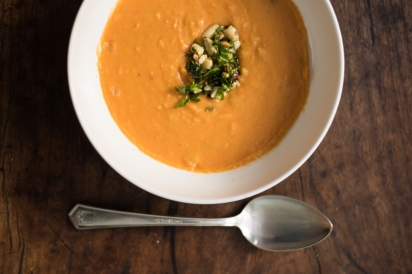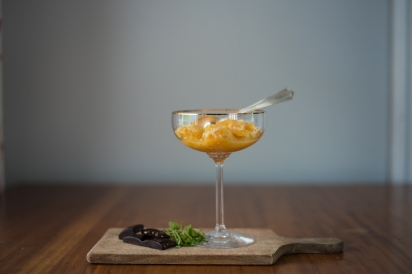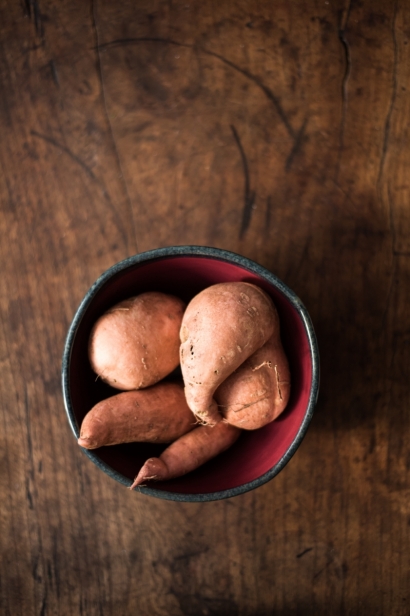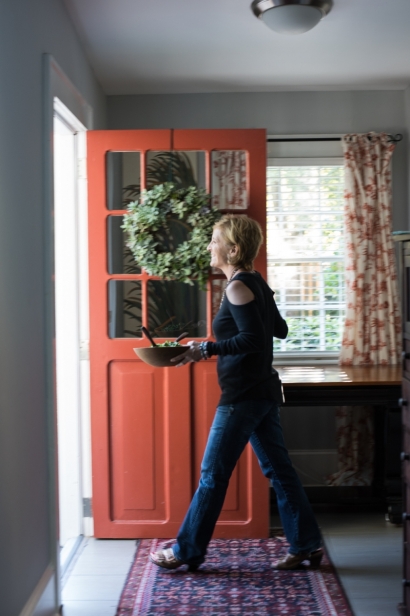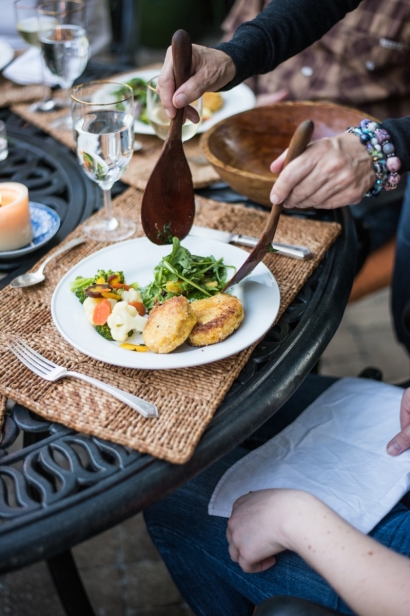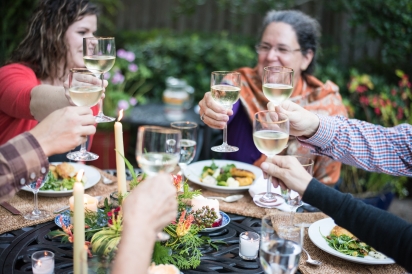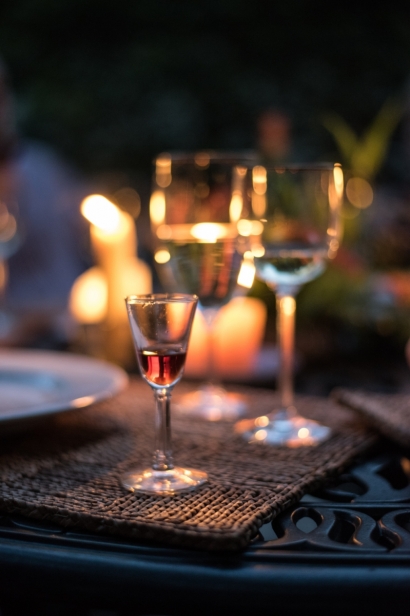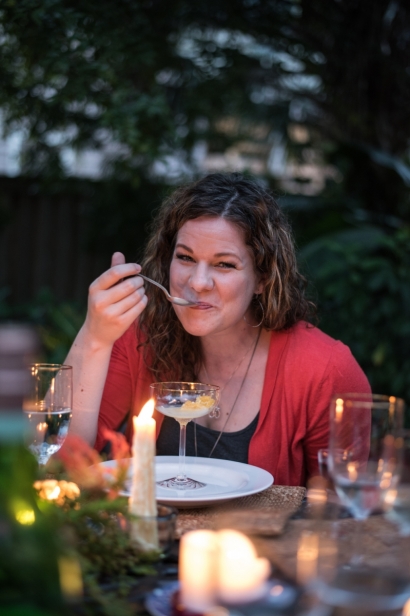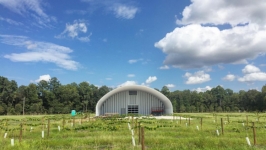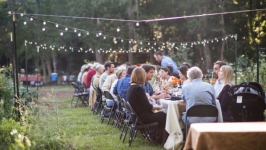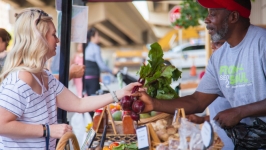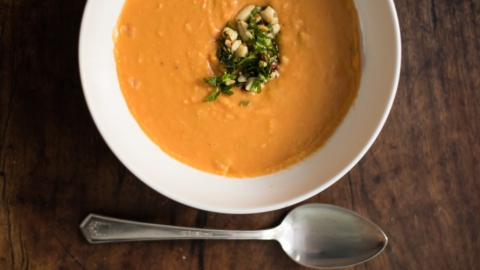Come to the Table
Have we lost the art of gathering in today’s modern world? When fast-food society emerged after World War II, many of us lost touch with the sources of our food and the culinary traditions of our past. Always in a hurry, we focused on convenience, eating highly marketed pre-packaged foods. Tired of formalities, we replaced cloth napkins and crystal glassware with paper plates and Styrofoam cups. Hooked on technology, we watched TV during meals instead of talking to each other. We ate out more, cooked less and littered our landscape with our waste.
Although we still gather together for meals, what we may have lost in this process is conscious choice around our food values and awareness of how our actions connect to the earth around us.
As a suburban mom raising young kids, my choices were definitely influenced by these trends. Although we sat down on weekends for home-cooked meals, fast-food too often punctuated our busy lifestyle. Shopping was done from a grocery store aisle and pre-packaged dinners sometimes trumped the inconvenience of making food from scratch.
Buying vegetables from a local farm in 2007 helped bring me back to my senses. Starting a garden to show my kids how food was grown reconnected me to my own farming roots and core values. Once I tasted my own fresh arugula, I never wanted to eat packaged lettuce again.
Today, as an urban dweller, I’m prioritizing my values of slowing down at mealtimes and making personal connections over home-cooked food. I prefer to buy food grown and purchased locally at the farmers' market or organic grocery store. And I’m trying to reduce my personal waste, focusing on “enoughedness,” as Bethany Crawley of Riverside’s Lotus Yoga likes to say. I also intentionally bring more of the sacred to the table, taking time to honor my food and the act of gathering around it, whether with family, my writing groups or my neighbors.
As the holiday season approaches here in Northeast Florida, many of us are gathering together over food in traditional and nontraditional ways, overcoming obstacles of time and distance.
My own kids will be back from college soon for their first Christmas in our new home in Jacksonville’s historic Riverside. We will come together, along with the rest of our family, to eat around the antique oak table that sits at the heart-center of my 1920s cottage. The art of gathering has not been lost in our family, but it’s definitely evolved—as it has in the rest of the modern world.
As I plan my holiday meals, I’m trying to act in alignment with my values. I’m aware of the increased importance of place in my life and how this new neighborhood affects my food choices. I’m thoughtful about our family customs as I consider how to create, or re-create, traditions in this new home.
I don’t think I’m the only one making more conscious choices these days. As I talk to people in and around my new neighborhood—an organic farmer, a personal chef, a restaurateur and a modern grandmother—I see many of us becoming more thoughtful about our food and the act of gathering around it. Especially during the holidays, this connection seems more than practical—it’s spiritual.
Down to Earth Farm, an organic farm in Jacksonville, is one of my favorite sources for local food. Brian Lapinski and his produce can be found at local farmers’ markets, where his booth becomes a gathering place of sorts—which brings him great pride. “We have people from all different walks of life, and we have built relationships with a lot of the folks that come and buy our food,” he said.
Lapinski not only sells his produce at the markets, but he also provides vegetables to individual customers through his community-supported agriculture (CSA) program. During the holidays, he and his customers have a potluck dinner on the farm where everyone brings food they have prepared from their CSA vegetables.
“Clearly, food is what often brings us together, but local food and local produce creates even more intimacy and connection,” he said. ”People really value it, and treasure it, if it comes from a source that they trust,” Lapinski said.
Buying from the farmers’ market reinforces a sense of place and is especially fun to experience during the holiday season, he added. “A farmers’ market itself is a gathering place that has more social energy than a store. It’s more intimately community-based. It’s outdoors, and slightly more festive. The space lends itself to people communing, as opposed to a sterile [grocery store] aisle,” he said.
Eating local is important to Rachel Kohl, a personal chef and former caterer living in historic Springfield. “Right now I am committed to eating local, which means eating seasonally,” she said. “I am much more excited that my Thanksgiving will be local—not just Florida, but Northeast Florida.”
“In the old days, I had friends who would get Gourmet magazine and replicate it as their Thanksgiving meal. That’s one way to organize it, but it has nothing to do with a sense of place. If you take having a sense of place seriously, you’re almost going to have to make up new traditions as you go,” Kohl said.
Kohl is sensitive to the presentation of food, and thoughtful about how people gather around a table to eat it.
“I did a fabulous Thanksgiving at the Unitarian Universalist Church in Gainesville,” she said. “We made one long continuous table that took up the entire sanctuary. It was a potluck, but I made the food room beautiful. Sometimes, at potlucks, the food is crowded together and it doesn’t look so good. It takes deliberate effort to address that.”
“I think that’s true in a family setting, too,” she said. “We eat with our eyes.”
Finding a welcoming place for people to commune together has become even more critical as families spread out across the country and see each other less frequently. Ellen Cottrill, co-owner of the new restaurant at Unity Plaza called HobNob: Food and Social Exchange, recognizes that and is intent on creating an environment where people can meet friends, hang out and just be together. “At the core, that’s what our restaurant is based on,” she said.
“I think we underestimate the need and human desire for community in our lives,” said Cottrill. “I’m hoping that we will develop a microcosm of community at our restaurant.”
When traditional gatherings meet non-traditional families, creative solutions are in order. “Up until a few years ago, my sister and I would take turns hosting a formal Christmas dinner of prime rib and all the fixings,” said Pat Geiger, a Duval County teacher. “It was usually very stressful for the cook and kept her in the kitchen most of the day. After going to all that trouble, it was especially deflating to have ‘the grands’ coming and going at different times,” she said. “Our new tradition is a Christmas day low country boil, a one-pot meal that can be cooked outside, which keeps the house cool, too,” Geiger said.
Growing up in an Italian family on an organic farm outside Pittsburgh, food was practically our religion—and a central part of my identity. During holidays, farm hands and family members gathered together around the same oak table I have in this home. We sat down to home-cooked meals filled with laughter, stories and food we’d grown ourselves.
Today, I’m aware that these family traditions continue to play a role in my holiday gatherings and that these are important to both my self-understanding and developing healthy habits for my children. Cooking together, telling stories at the table and exploring local restaurants will all be a part of our new holiday experience.
I’m also recognizing how my kids have developed their own sense of values around food. While my son is still concerned about just getting enough to fill his lanky, growing body, my daughter is highly concerned about how healthy her food is. She takes sensitivity about chemicals and processed ingredients to a new level of scrutiny.
“Not everybody grew up on a farm,” pointed out my sister, Ruth Anne Wolfe, as we discussed the upcoming holidays. “But everyone had a kitchen table of their youth … a place where they gathered in community. And gathering together at the holidays, at a restaurant or even over store-bought foods is joyful,” she said.
“How much better if we can do it with even more delicious ingredients because they’re local and fresh, beautifully prepared and responsibly farmed?” she added. “Today we can decide to take the time to slow down and enjoy it together.”


